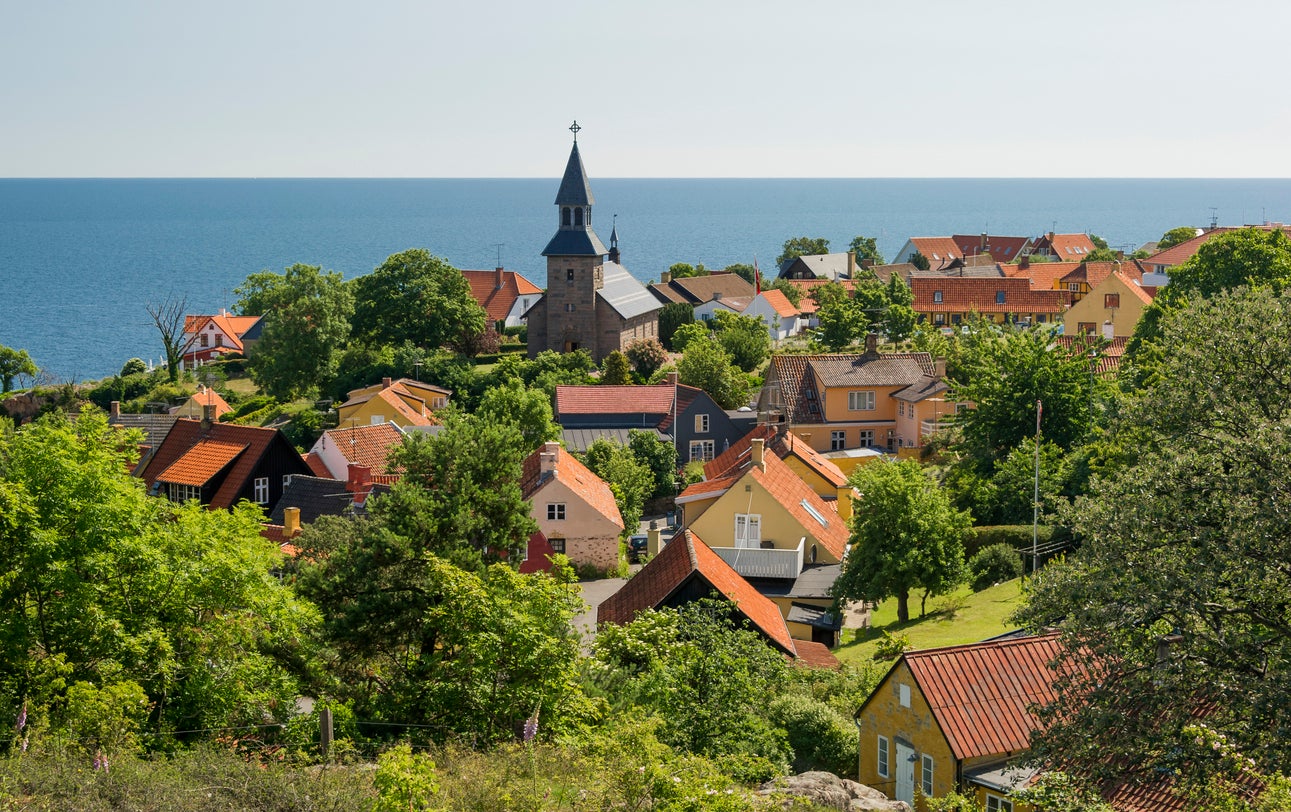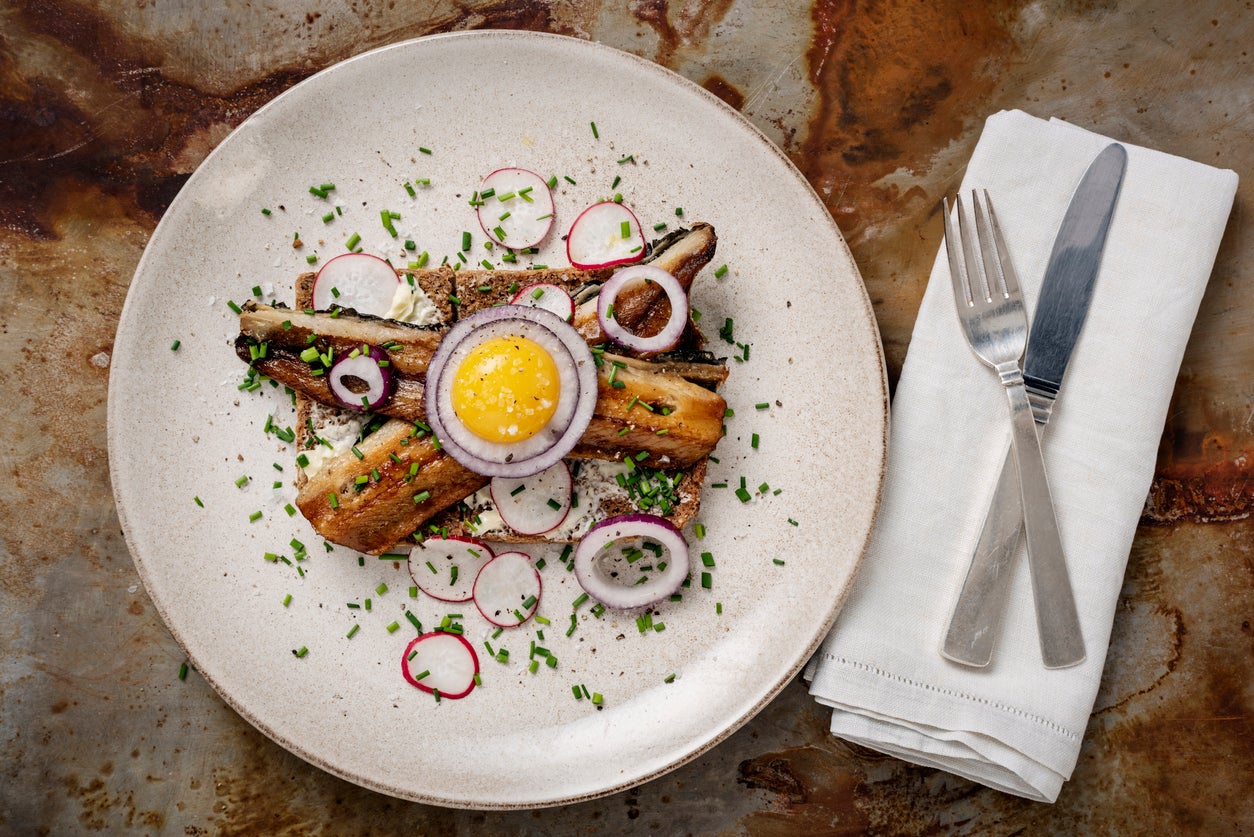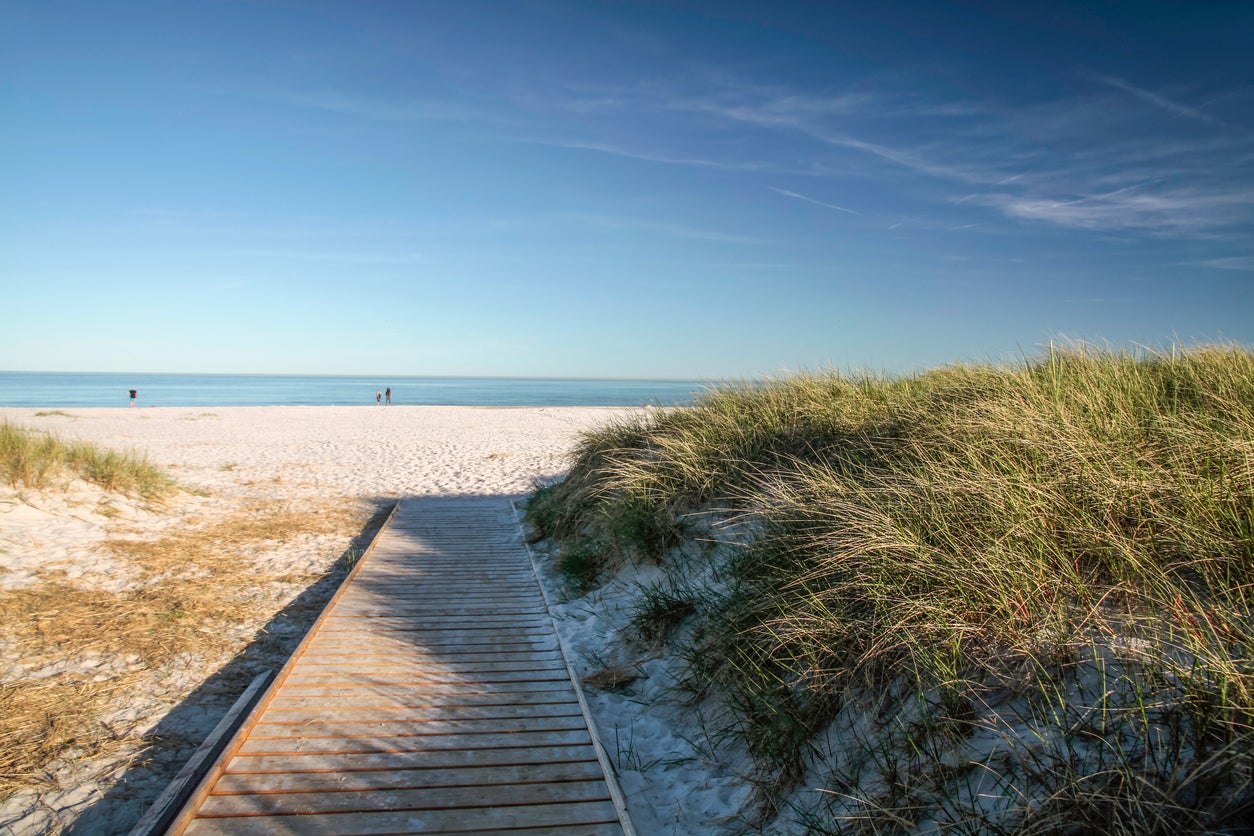Welcome to Bornholm, Denmark’s beloved island where sustainability comes as standard
From all-local menus to an ambitious carbon-neutral pledge, this Danish isle has green credentials baked right in, finds Justine Gosling

Your support helps us to tell the story
From reproductive rights to climate change to Big Tech, The Independent is on the ground when the story is developing. Whether it's investigating the financials of Elon Musk's pro-Trump PAC or producing our latest documentary, 'The A Word', which shines a light on the American women fighting for reproductive rights, we know how important it is to parse out the facts from the messaging.
At such a critical moment in US history, we need reporters on the ground. Your donation allows us to keep sending journalists to speak to both sides of the story.
The Independent is trusted by Americans across the entire political spectrum. And unlike many other quality news outlets, we choose not to lock Americans out of our reporting and analysis with paywalls. We believe quality journalism should be available to everyone, paid for by those who can afford it.
Your support makes all the difference.The little Danish isle of Bornholm, cast away in the Baltic sea, has a special place in the hearts of Danes – an affection earned from school trips and childhood family holidays. The island, just 40km long, aims to be carbon neutral by 2025. It’s a lofty ambition that earned Bornholm first place in the 2019 RESponsible Island Prize, an initiative launched by the EU to reward destinations at the forefront of renewable energy production and sustainable development with involvement from the local community.
Before travellers even arrive, their carbon footprint has been considered: the flight from Copenhagen airport is just 35 minutes and the airline DAT plants trees to compensate for 110 per cent of its CO2 emissions. It’s easy to get around the island with an electric hire car. At eco-conscious hotel Green Solutions House, constructed from biodegradable materials wherever possible, you can even charge the car for free – or, like the rest of Denmark, cycling is the preferred mode of transport, thanks to a wealth of designated cycle paths.

The island is a sanctuary for artists and the sea breeze seems to blow in more young creatives every year. In 2017, Bornholm was the first island in the world – and the first place in Europe – to be awarded “world craft region” status, recognising its local artists who are inspired by, and source their materials from, what the island’s natural landscape provides. Mai Orsted at Gronbechs Gard, the arts centre in Hasle which showcases islanders’ work, tells me: “Mass production and mindless consumption are outdated concepts and have no place here. It’s what makes the island so special.”
During a workshop with artist Rikke Wulff, who makes beautiful creations using clay she digs from the ground nearby, it was wonderfully meditative to watch the spinning plate as something sourced from the earth grows out of the subtle movements of my hands.
On Dueodde beach in the south of the island, the white sand is finer than sieved flour and even squeaks with each step
It's a half-hour cross-island drive from the main port city of Ronne on the west coast to Gudhjem on the east. The road divides thick forest and green pastures dotted with grazing cows and wind turbines that provide energy for the island. In Gudhjem, arguably Bornholm’s prettiest village with its colourful houses and harbour, every other building seems to be an art gallery or local produce store. Along with the rest of the island, the former fishing village is fast becoming a renowned destination for foodies. Ice cream, juice, beer and pastry: nearly everything appears to be organically sourced from the island. The local dish, sol over Gudhjem (translation: “sun over Gudhjem”), consists of smoked herring with radish and raw egg yolk on toasted rye bread. You can’t fail to spot a smokehouse chimney in even the smallest of villages.
Michelin-starred restaurant Kadeau, set on the dunes just above a wild sandy beach and its roaring waves, is leading the way in sustainable edible delights. Its relaxed, Scandi beach shack vibe is complemented by its menu, which defines the taste of Bornholm; as much produce as possible is sourced from the island. When I visited, one of the 15 courses contained ants – my host Victoria explained that their presence was no kitchen invasion, but that they naturally contain lemon-flavoured formic acid. Lemons don’t grow well on the island, so they use ants for citrus taste instead. Restaurant owner Rasmus explained that he and his children foraged the ants from the woods just 100 metres from the restaurant.

“My kids’ teacher phoned the other day, concerned that they were eating ants they found in the school playground,” he told me, laughing. He kindly gave me extra freeze-dried ants in a container to take home so that I could freak out my young niece and nephew over breakfast back in the UK.
Bornholm looks very different to famously flat mainland Denmark. The rocky landscape in the north is juxtaposed with long, sandy beaches in the flatter south. In the north, Sandvig is a serene swimming spot, especially at sunrise, but don't expect to have it to yourself – the locals will be waking up with a dip too. The looped 7km “Stonecutters” hike starts at the beach and takes strollers to the lighthouse and most northerly point on the island. Here, you can watch the passing ships alongside the island’s free-roaming cows. You’ll also see Hammershus fortress in the distance, northern Europe’s largest medieval fort.

On Dueodde beach in the south of the island, the white sand is finer than sieved flour and squeaks with each step. After dark, the black of night is sporadically lit up by the rotating lighthouse lamp.
On Bornholm, almost everything you eat, drink, do and buy feels like it’s a piece of the island – but it also feels like nature thoroughly approves.
Travel essentials
Getting there
Trying to fly less?
Bornholm can be reached by ferry from Ystad in Sweden in 1hr and 20m; in 5hr 30m from Koge in Denmark; or in 3hr 30m from Sassnitz in Germany.
Fine with flying?
DAT operates direct flights from Copenhagen, taking 35 minutes.
Staying there
Green Solutions House has doubles from £110.
More information
Dinner set menu at Kadeau costs £200.
A ceramics workshop Hejfabrik costs £15 for 40 minutes.
Join our commenting forum
Join thought-provoking conversations, follow other Independent readers and see their replies
Comments